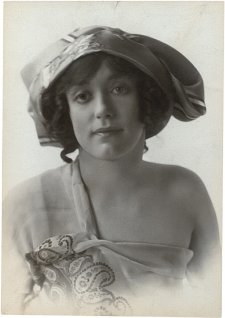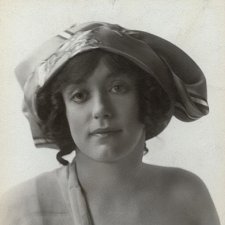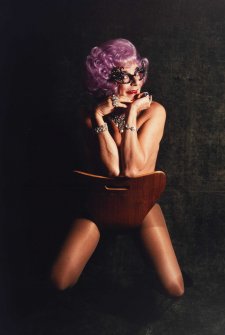Annette Kellerman (1886–1975), swimmer and entertainer, was among the early twentieth century's most recognisable women. Diagnosed with rickets as a child, Kellerman swam to strengthen her legs. Aged fifteen, she became the state champion for the 100 yards and set a world record for the mile. Frustrated with the lack of opportunities in Australia, she went to London in 1905, earning attention with a number of marathon swims. A deft self-promoter, Kellerman styled herself as the 'Diving Venus', devising a unique stage show that combined music, singing, dancing and wire-walking with diving and underwater ballet. After moving to the US, by 1917 she was reputedly the highest paid woman in vaudeville and had starred in the first of several films. Also a fitness advocate, Kellerman popularised the women's one-piece swimming costume and wrote the pioneering books Physical Beauty: How to Keep It and How to Swim (both 1918). Kellerman spent the Second World War touring with her own theatre troupe, performing charity shows for soldiers. Staying true to her beliefs, she swam daily until very late in life.
A leading portrait photographer, H. Walter Barnett's image of Kellerman presents her as an ingénue, while its full-length format also makes a feature of her athletic body and alludes to her modern interpretation of new womanhood.
Gift of an anonymous donor 2004



On one level The Companion talks about the most famous and frontline Australians, but on another it tells us about ourselves.



Joanna Gilmour dives into the life of Australian swimming legend Annette Kellerman.



Bare: Degrees of undress celebrates the candid, contrived, natural, sexy, ironic, beautiful, and fascinating in Australian portraiture that shows a bit of skin.